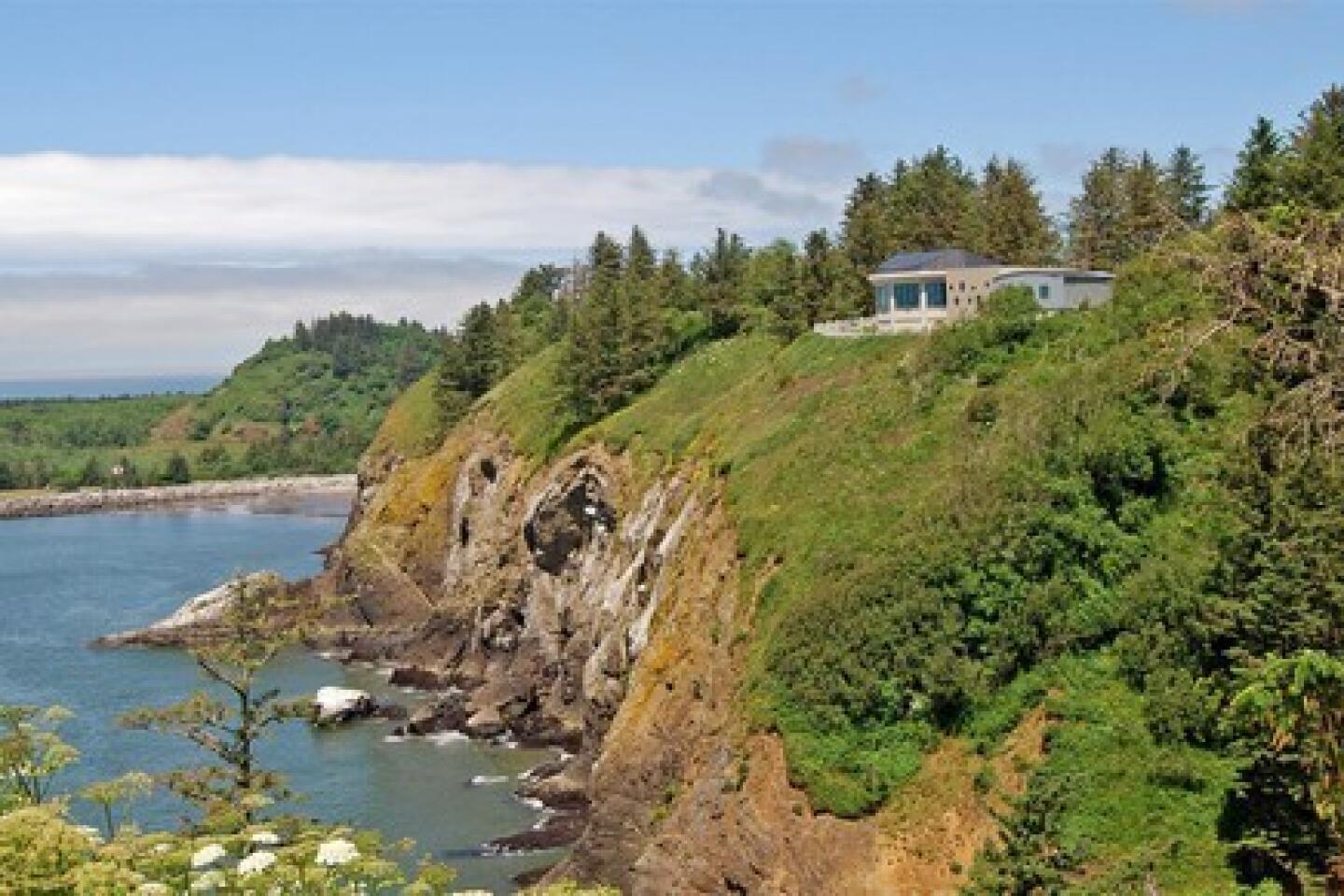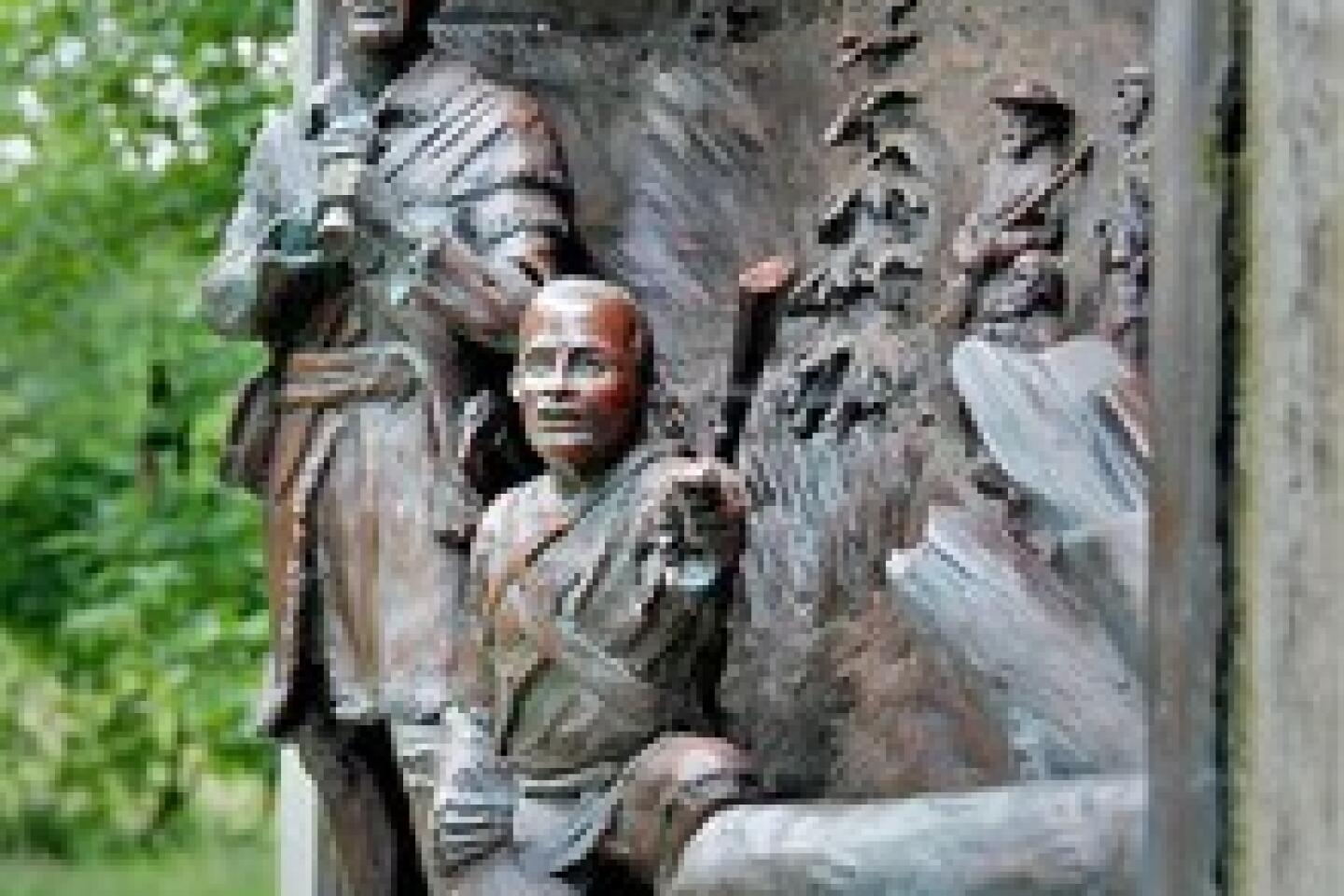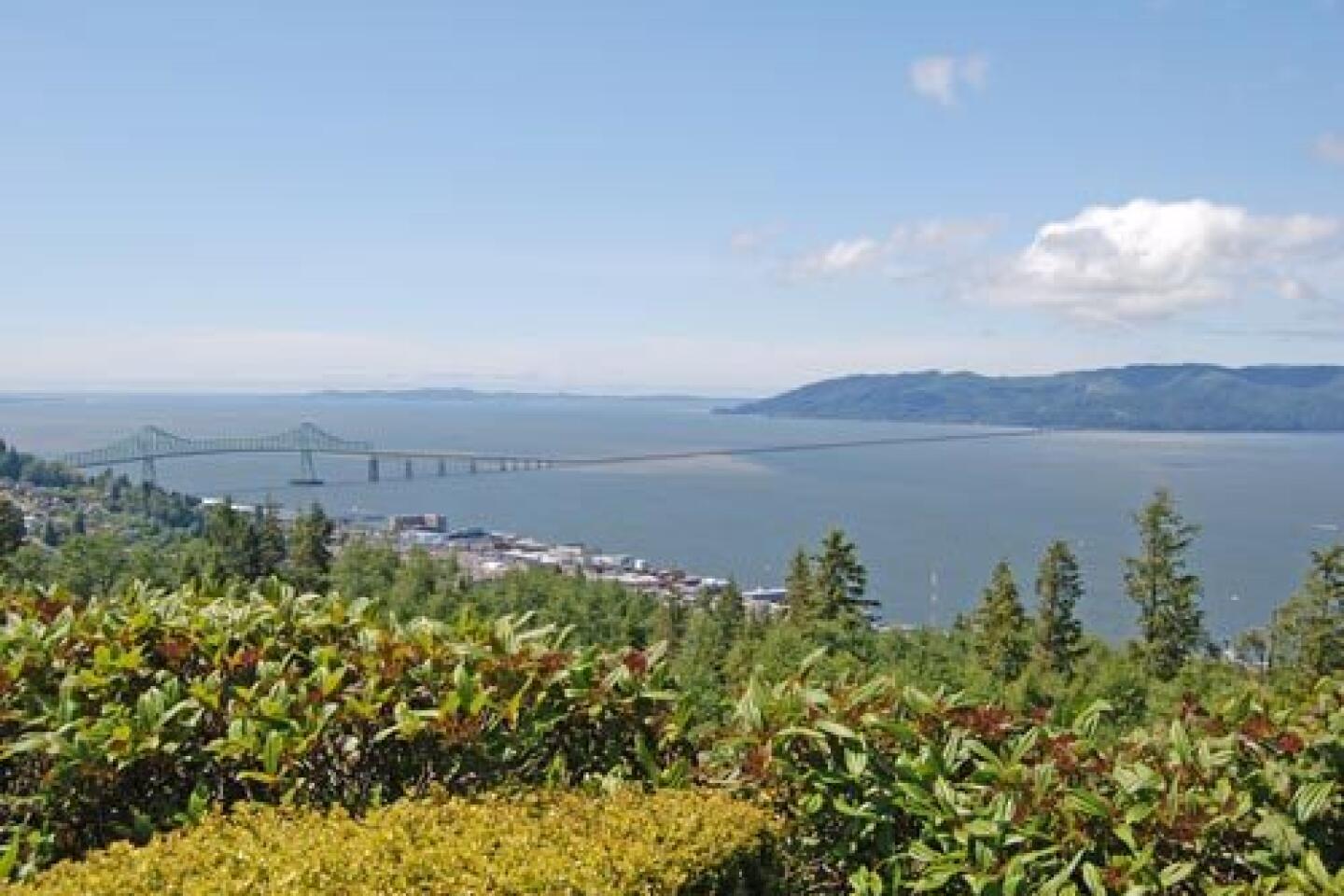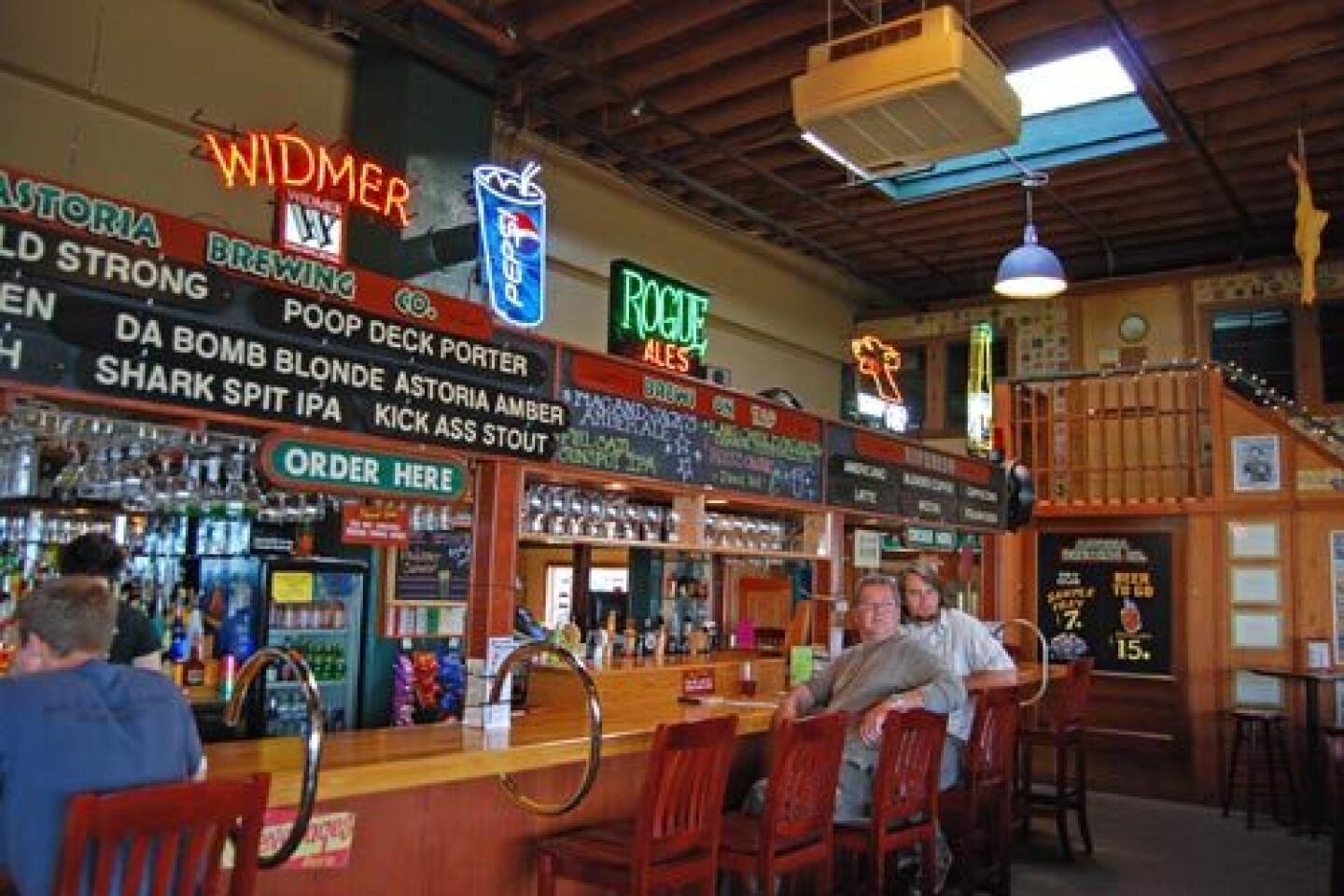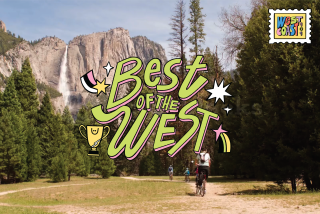Cape Disappointment: history, lodging, activities, food
- Share via
Discovering Cape Disappointment may have been a downer for British Capt. John Meares in 1788, but the state park on the southern tip of Washington’s Long Beach Peninsula is a great destination for history buffs traipsing through the Northwest.
THE HISTORY
* Meares gave the area its name after he failed to navigate around the cape in his search for the mouth of what is now the Columbia River. American merchant sea captain Robert Gray sailed his sloop the Columbia Rediviva into the river in 1792 and gave it its current name.
* Lewis and Clark’s westward journey led to their first sighting of the Pacific Ocean near Cape Disappointment in 1805. The two took separate exploratory trips around the cape before deciding to set up a winter camp at Fort Clatsop on the south side of the Columbia in northern Oregon.
* Dubbed the “graveyard of the Pacific,” the waters around the Long Beach Peninsula have long been a navigational nightmare for boats. Nearly 2,000 boats have been taken down by the rocks and ever-shifting sandbars near the Columbia’s entrance to the Pacific.
ACCOMMODATIONS
* Cape Disappointment State Park has 250 sites, including 14 yurts and three cabins. There are also three renovated Victorian-style rental houses available that used to house the keepers of nearby North Head Lighthouse.
WHAT TO DO
* Go hiking. There are six miles of hiking trails that offer startling coastal views and tread on some of the ground covered by Lewis and Clark. The trail to McKenzie Head takes you to William Clark’s campsite.
* Check out the two lighthouses on the cape. Cape Disappointment Lighthouse, completed in 1856, and North Head Lighthouse (1898) are reminders of the treachery that lies beneath. The first doesn’t allow visitors inside. Admission to North Head is $2.50 per person.
* Walk the three-quarter-mile trail to the Cape Disappointment Lighthouse. It takes you past Dead Man’s Cove, where the turquoise water glistens.
* Visit the Lewis and Clark Interpretive Center, which chronicles their struggles and triumphs during their three-year journey to the Pacific Ocean. Admission is $5 for adults, $2.50 for children ages 7 to 17.
* Go to the beach. It can be cold and windy but still offers up good clamming and fishing. There’s even a sand sculpture contest July 25-26 a few miles north in Long Beach.
OUTSIDE THE PARK
* The Discovery Trail, a six-mile walk from nearby Ilwaco to Long Beach, covers the same ground that members of the Corps of Discovery traversed during their fact-finding missions. Highlights include a 9-foot monolith marker that’s hard to miss; a gray whale skeleton; and Clark’s Tree, a 20-foot bronze statue that’s a nod to the tree that explorer Clark carved into.
* Travel south across the 3-mile-long Astoria-Megler Bridge into Astoria, a town equally rich in history. Set up as a fur trading enclave by John Jacob Astor in 1810, Astoria became the first permanent settlement on the Pacific Coast. Atop Coxcomb Hill sits the 125-foot Astoria Column: etchings on its exterior depict vignettes of the area’s past. Interiors stairs, which are currently being replaced, lead to an observation deck and views of the Columbia.
WHERE TO EAT
* Overlooking the Columbia, the Wet Dog Cafe & Astoria Brewing Co. in Astoria has all the ingredients for a great dining experience: good food, great atmosphere, reasonable prices and fantastic micro-brewed beer. My recommended combination is the chicken wings with a pint of Shark Spit IPA.
Sources: Long Beach Peninsula Visitors Bureau, Washington State parks, Oregon.com
More to Read
Sign up for The Wild
We’ll help you find the best places to hike, bike and run, as well as the perfect silent spots for meditation and yoga.
You may occasionally receive promotional content from the Los Angeles Times.


